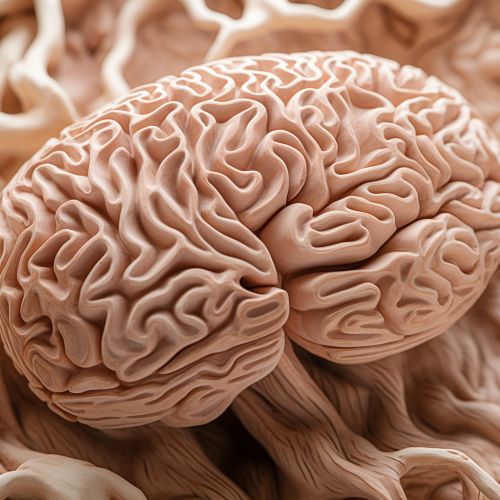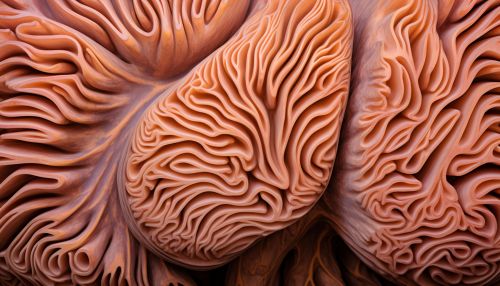Cognitive Neuroscience of Cognitive and Motor Processes
Introduction
Cognitive neuroscience is a branch of neuroscience that studies the biological processes that underpin cognitive functions. This field of study combines principles from several disciplines, including psychology, neurobiology, and computer science, to understand how the brain processes information, makes decisions, and controls motor actions. Cognitive neuroscience is a rapidly evolving field, with new discoveries and theories emerging regularly.
Cognitive Processes
Cognitive processes refer to the mental actions or operations that we use to process information. These include perception, memory, problem-solving, and decision-making. Cognitive neuroscience seeks to understand how these processes are represented in the brain and how they are affected by various factors such as age, disease, and injury.
Perception
Perception is the process by which we interpret sensory information to understand our environment. Cognitive neuroscience studies have used techniques such as fMRI and EEG to identify the brain regions involved in different aspects of perception, such as visual, auditory, and tactile perception.
Memory
Memory is the cognitive process that allows us to store and retrieve information. Cognitive neuroscientists study the neural mechanisms underlying different types of memory, such as short-term memory, long-term memory, and working memory. They also investigate how memory is affected by factors such as age, stress, and disease.
Problem-Solving and Decision-Making
Problem-solving and decision-making are complex cognitive processes that involve multiple brain regions. Cognitive neuroscience research has identified the prefrontal cortex as a key player in these processes, with different areas of the prefrontal cortex being involved in different aspects of problem-solving and decision-making.
Motor Processes
Motor processes refer to the brain's control of movement. Cognitive neuroscience studies the neural mechanisms that underlie motor control, from the planning of movement to its execution. This includes studying the role of the motor cortex, the cerebellum, and the basal ganglia in motor control.
Motor Cortex
The motor cortex is a region of the brain involved in planning, controlling, and executing voluntary movements. Cognitive neuroscientists study how the motor cortex interacts with other brain regions to control movement, and how damage to the motor cortex can affect motor control.
Cerebellum
The cerebellum is a region of the brain that plays a crucial role in motor control. It is involved in coordinating and fine-tuning movements, maintaining balance and posture, and learning new motor skills. Cognitive neuroscience research has shown that damage to the cerebellum can lead to motor deficits such as ataxia and dysmetria.
Basal Ganglia
The basal ganglia are a group of subcortical structures involved in motor control. They are involved in the initiation and termination of movements, the selection of movements, and the control of automatic movements. Cognitive neuroscientists study how the basal ganglia contribute to motor control and how disorders such as Parkinson's disease can affect their function.


Cognitive Neuroscience Techniques
Cognitive neuroscience uses a variety of techniques to study the brain and its functions. These include neuroimaging techniques such as fMRI and EEG, neuropsychological tests, and computational modeling.
Neuroimaging
Neuroimaging techniques such as fMRI and EEG allow researchers to visualize the brain in action. These techniques can reveal which brain regions are active during different cognitive and motor tasks, and how these regions communicate with each other.
Neuropsychological Testing
Neuropsychological tests are used to assess cognitive and motor functions in individuals with brain damage or neurological disorders. These tests can provide valuable information about the relationship between brain damage and cognitive or motor deficits.
Computational Modeling
Computational modeling is a technique that uses mathematical models to simulate brain processes. These models can help researchers understand the complex interactions between different brain regions and predict how changes in one region might affect the function of others.
Conclusion
Cognitive neuroscience is a fascinating field that seeks to understand the complex processes that underlie our thoughts and actions. By studying the brain and its functions, cognitive neuroscientists hope to gain insights into the nature of cognition and motor control, and to develop new treatments for neurological and psychiatric disorders.
